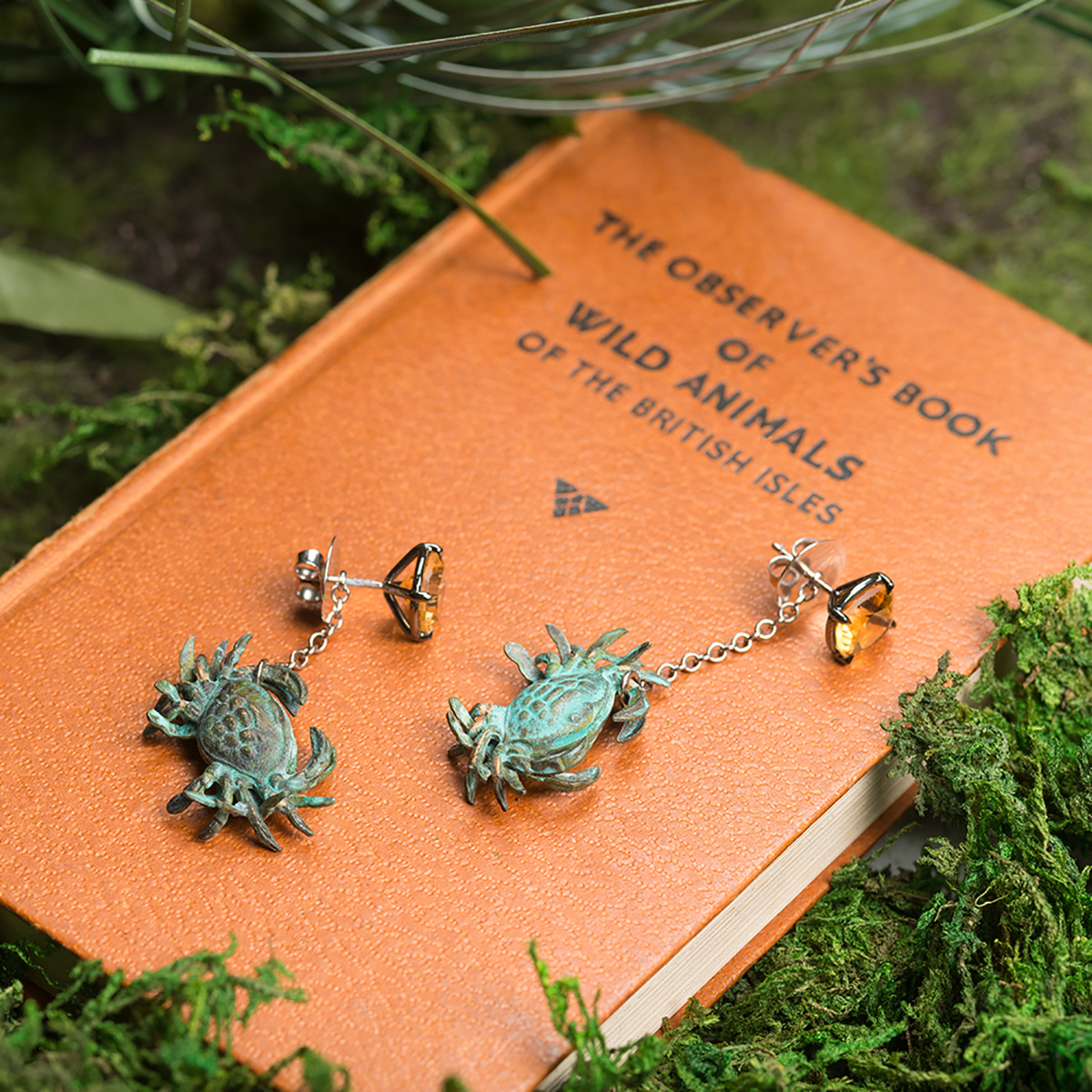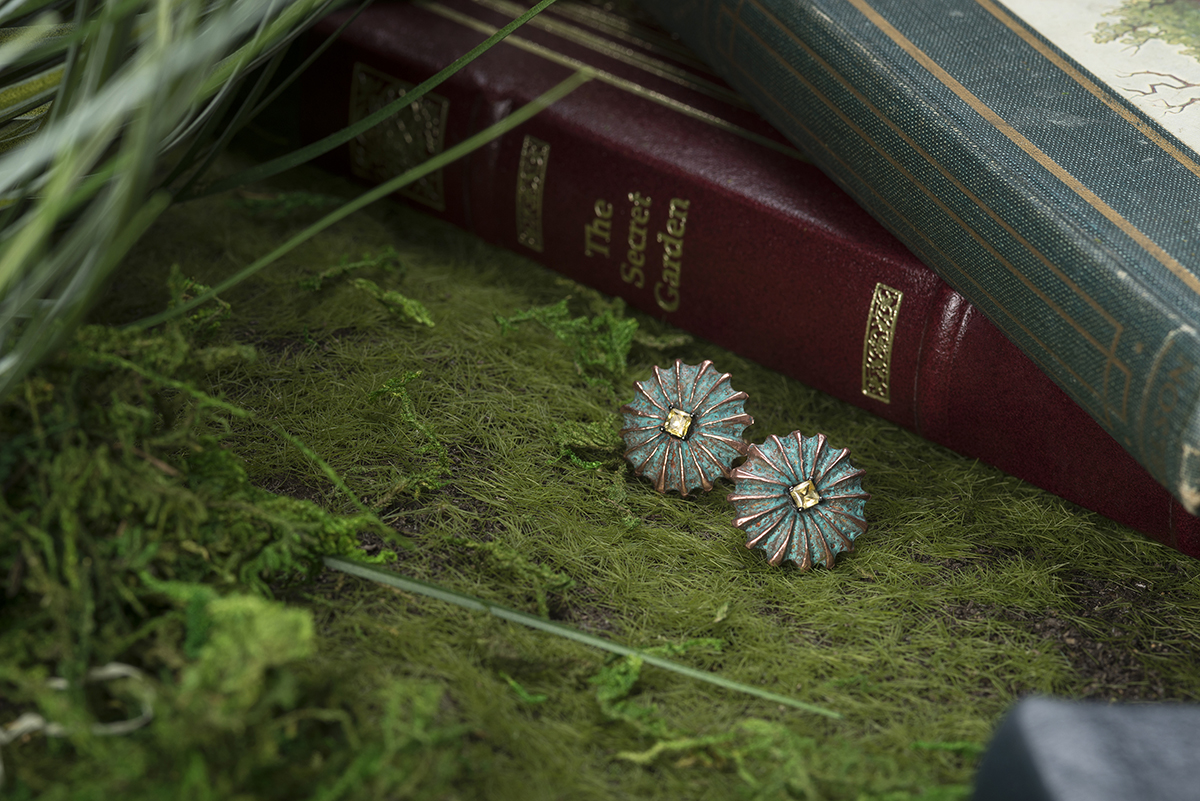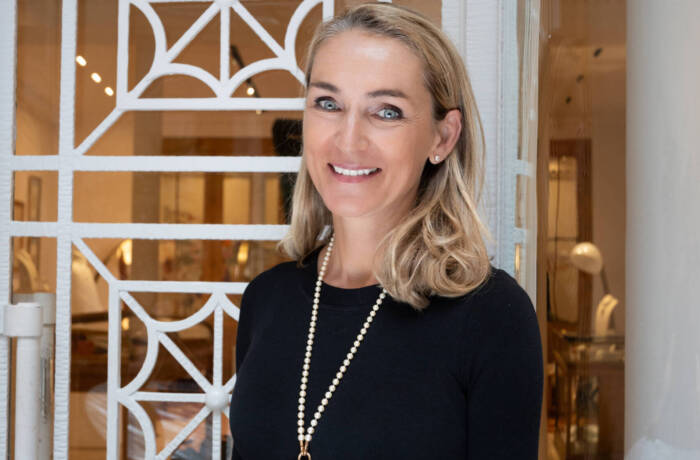
Jewellery designer and philanthropist Tessa Packard
Tessa Packard is the founder of her eponymous fine jewellery brand, and a business mentor for several youth and education-focused charities. As part of our ongoing philanthropy series, she speaks to Samantha Welsh about charitable giving amongst younger generations, the influence of social media and why successful philanthropy requires creative thinking
LUX: How did you first get involved in philanthropy?
Tessa Packard: I grew up in a very philanthropically orientated family. Charity was a forward theme in our household, and because my parents were so passionate about it, my sister and I adopted an interest in the concept of ‘giving back’ at quite a young age.
It wasn’t until I was eighteen, however, that I really understood what charity work actually meant. At my father’s suggestion, I agreed to a three-month volunteer placement at the Amelia Trust Farm in Wales, which is a grassroots charity supporting youngsters who have largely been excluded from mainstream education at the hands of abuse, neglect or neurodevelopment disorders. It was a complete baptism of fire. Despite everything I had been taught by my parents about the ‘real world’, experiencing it first hand was somewhat different. True reality was infinitely more gritty, unfair, shocking, brutal and humbling all in one mouthful. I still consider this experience to be one of my most formative.
Follow LUX on Instagram: luxthemagazine
LUX: Who has been your greatest influence?
Tessa Packard: With regards to philanthropy, my father and my great-grandfather (who I never met, but was instrumental in shaping my own father’s beliefs in charitable giving).
LUX: What sector are you passionate about?
Tessa Packard: Most of my philanthropic involvement to date has revolved around the theme of education and systemic change. Education has always seemed to me to be a sensible place to invest my energy, whatever the end goal. Whether you are looking to eliminate polio or save the rainforest, all roads tend to lead back to education.


Here and above: In collaboration with Lyndsey Ingram Gallery, Tessa Packard and her team created a mural based on Frances Hodgson Burnett’s book The Secret Garden which was later installed in Honeypot House, a children’s charitable home in Hampshire
LUX: Do you think there are any parallels in being a creative and being a philanthropist?
Tessa Packard: Interesting question. I think that successful philanthropy requires creative thinking. It can be a challenge to communicate successfully with your audience, and more often than not, the answer to solving any human-socio-economic problem on a long-term, systemic level is complex. The philanthropist must be willing to take risks in order to bridge the void between sectors – a task that is far too frequently overlooked – and this requires out-of-the-box tactics and a fertile imagination. You have to believe that even the most impossible outcome is possible, and generally speaking creatives are quite good at doing that because their job is to always think about the ‘new’.
Read more: An interview with Brazilian artist Maxwell Alexandre
LUX: At what stage of someone’s life have you seen intervention make the most difference?
Tessa Packard: If you were to approach philanthropy like a business deal, then investing in people at an early age generally yields better results in the long term. In practice, however, it isn’t quite so simplistic. Creating systemic change in any sector requires all the wheels of progress to turn at the same time, and that means transforming everyone and everything connected to the supply chain in unison.

Tessa Packard’s crab earrings from her Secret Garden collection
LUX: What success story has made you particularly happy?
Tessa Packard: I’m extremely excited about the work of Emmanuel Akpan-Inwang, who is currently building a new generation of children care homes in the UK. The existing model is embarrassingly inadequate and I really think Emmanuel is about to revolutionise a very important sector.
LUX: How do generations Y/Z give compared with generations X and the Baby Boomers?
Tessa Packard: I am by no means an expert here, but Baby Boomers generally tend to have much more prescriptive attitudes to philanthropy. They might begin to think about ‘giving back’ only when they are comfortably installed in steady, well-paid jobs and / or with a little more time on their hands. Baby Boomers also like to be able to justify their philanthropic investments – if you look closely, most of them tend to donate to causes that they personally understand or have experience of. They also tend to be less hands on and more cheque book-forward.
Read more: How women artists are reshaping art history
Generation X philanthropists are a mix of the old and the new. Whilst they also see philanthropy as something to enjoy in their more settled or mature years, they are often less partisan or dogmatic in outlook, meaning the manner in which they look at philanthropy is often more creative than the Baby Boomers. This generation can be credited as the originators of a number of entrepreneurial social programmes, and although Generation X are more hands on, they are generally so in two specific ways. The first is in a visionary capacity, as the founder, trustee or leader of a charity or charitable programme; or physically, by raising money organising or taking part in fundraising challenges, such as marathon running or mountain climbing.
Generation Y or Z philanthropists are probably the most hands on of the groups to date. They tend to be the more likely of the three to actually volunteer or spend time with grassroots organisations. There is often a desire to have a direct, personal relationship with the charities or individuals they support, as this direct line to the charity is integral to the experience of authentic ‘giving’. Giving back, for them, needs to be itself an experience – handing over a cheque is not fulfilling enough. Generation Y / Z philanthropists also tend to be concerned with, or involved with, charities and organisations that deal with large, macro-level problems such as global deforestation, ocean plastics or refugees. Unlike the Baby Boomers, these themes are not chosen as a result of lived experience – they are a reflection of the concerns of the here and now.

‘Forest Glade’ earrings by Tessa Packard
LUX: What issues come up most frequently in conversations about giving that you are having with your network?
Tessa Packard: There are a large number of adults in their 20s and 30s who have the means and energy to fund or support grassroots charities across the globe, yet have no idea where to start or who to fund. They want to be authentically connected to these charities (they like the idea of working with smaller organisations as they can track the impact of their donations or expertise more easily), but also want to feel part of something bigger. Time and time again the question we ask ourselves is how to best connect these dots.
LUX: Does the impact of social media change how things are done or how well they are done?
Tessa Packard: In general, I think charitable organisations have a lot to learn when it comes to making the most of social media. It’s not surprising to be honest – I can barely keep up to speed with it myself when it comes to my own business, and imagine if you are a grassroots charity with limited funding and even less free time… I certainly think a few free branding or marketing tutorials by big agencies for small charities would be a helpful start. The exchange of knowledge and expertise is often one of the most valuable donations a larger organisation can make to those in the charity sector.
LUX: Social impact entrepreneurialism or outsourcing to a third party manager – how do you choose?
Tessa Packard: The best kind of philanthropy is the one that is considered, and encourages the philanthropist to keep giving. Whichever route you choose, I would always start with the same question: what do I want to fix, and what is preventing this problem being fixed now? From there you can do a deep dive to identify where you need to go in the sector to create systemic change, and how best to do it. Sometimes the answer is to create your own vehicle to combat change, and sometimes it is best to support an existing vehicle that knows the ropes and is ready to expand.
LUX: Can you offer some ideas to a teenager wanting to start on their lifetime journey of giving?
Tessa Packard: Do a three-month volunteer placement at a grassroots charity. You might question your sanity at points, but you’ll never regret it.
LUX: What is one thing they should not forget?
Tessa Packard: My great-grandfather used to say: ‘Don’t carve your name in dark and gloomy places; carve your name with pride for all the world to see.’ I think that’s a pretty important lesson: whatever you decide to do with your life, make sure it’s something that you are proud to be remembered by.
Find out more: tessapackard.com, @tessapackardlondon
Samantha Welsh is a contributing editor of LUX with a special focus on philanthropy.








